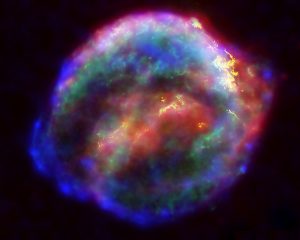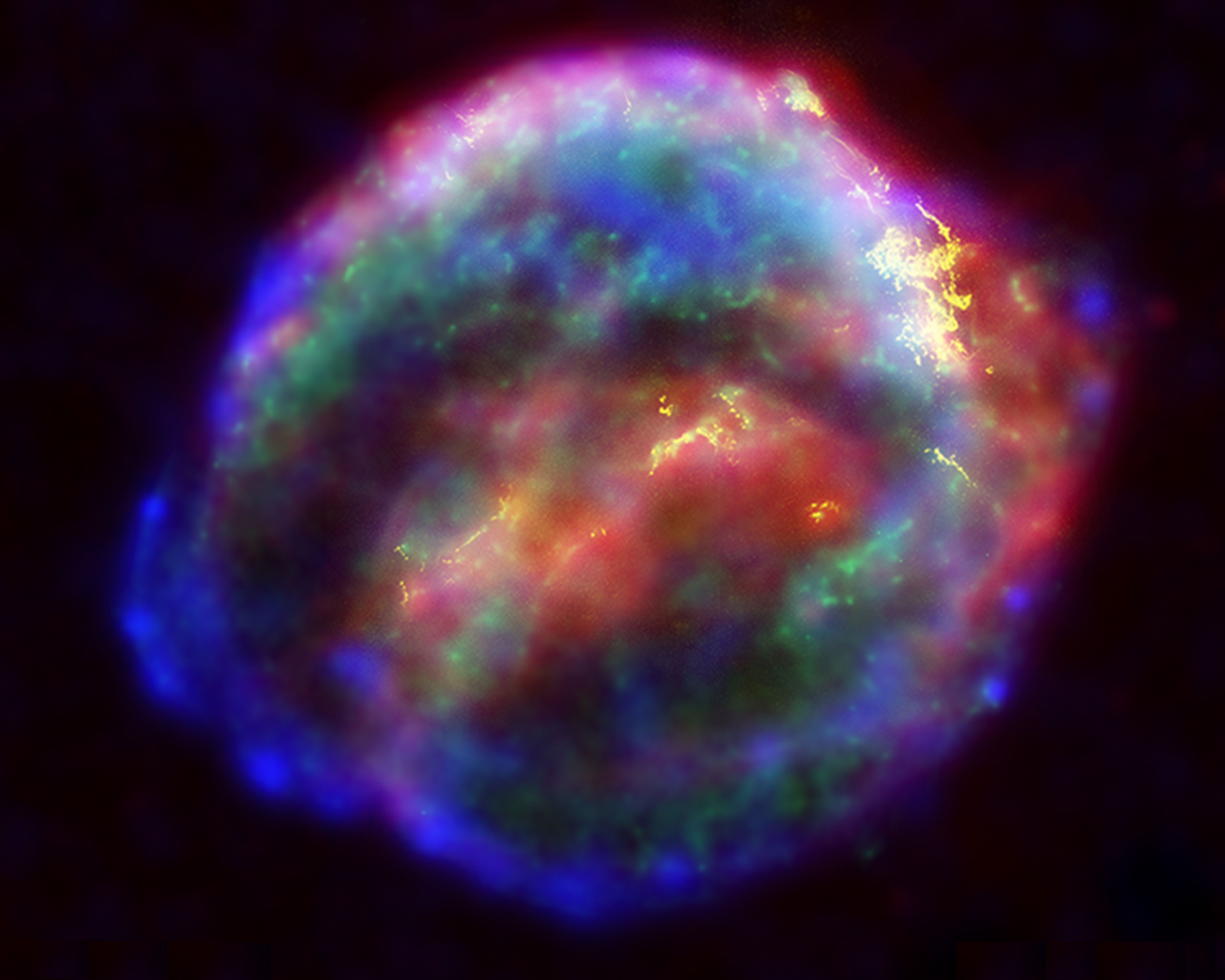
Public domain (https://asd.gsfc.nasa.gov/blueshift/index.php/2013/02/22/brians-blog-a-look-into-the-building-blocks-of-life/)
A supernova is defined as the explosion that occurs when a star dies. Generally speaking, a dead star stops shining, but astronomers have located a star that has exploded multiple times during the past fifty years.
The star in question, designated iPTF14hls, is more than fifty times larger than Earth’s Sun, which may explain why it behaves differently than the way that astronomers previously understood supernovas to work. In fact, they believe that this massive supernova’s explosion may have created antimatter in its core, which causes the star to explode but then reform, only to repeat the process again.
More supernovas of this type need to be found before astronomers can be sure of their theory, but in the meantime, they note that this is the sort of event that may have been far more common in the early days of the universe. So for modern astronomers to have evidence of such an event is an exciting bit of data that adds to the picture of what we know (and what we don’t know) about our universe and stars.
You can read more about iPTF14hls here!
Follow us online: